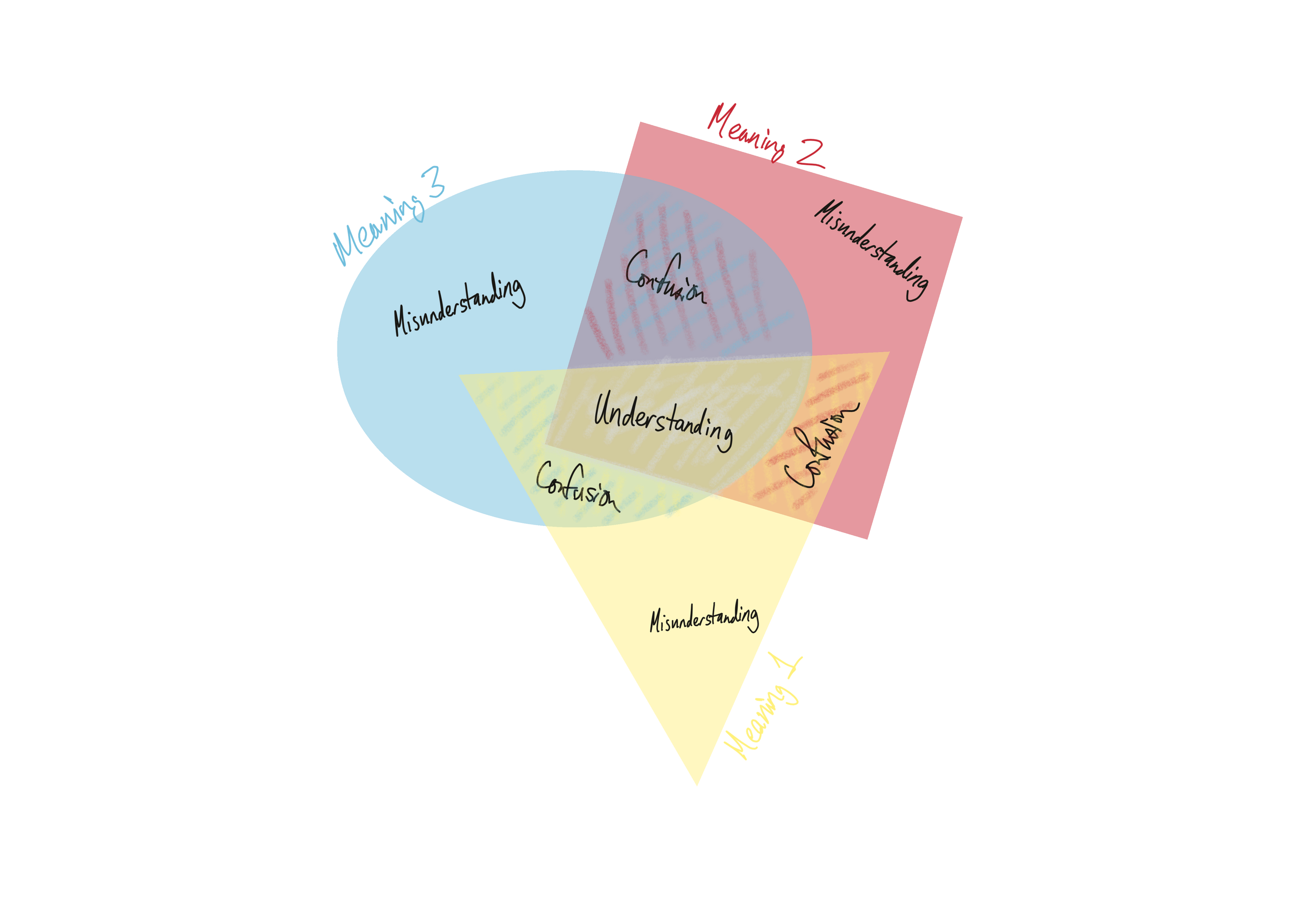Keeping the buzz in buzzwords
A thought-terminating cliché limits conversation by capturing a complex (but potentially debatable) subject within a reductive term or phrase. Merlin Mann references this idea in episode 164 of Back to Work when discussing curiosity and buzzwords.
Thought-terminating clichés can be used to avoid discourse on a subject: by never unpacking the components of an idea that are debatable, those components go unexplored. They can also be exploited to veil ignorance or illogic—the speaker can state the complex term and allow the implication to have impact without contextualizing/explaining it while the intimidated audience shies away from critique or questioning.
This explanation makes the phenomena seem villainous, but many of us are prone to committing these crimes—through buzzwords! Buzzwords are terms that catch on because they represent something exciting to a discourse. Then, because they’re popular, they get used frequently, by many people. Because they are somewhat novel, these different uses attach slightly different meanings to the same word. Eventually the buzzword’s overused (reducing the novelty, and therefore the impact of its meaning) and/or overloaded with meaning.
Most of our buzzwords were real things at one point (and sometimes they still are). When buzzwords are used effectively they allow a good conversation to move faster between speakers who have the same mental models about the buzzwords.1
Sometimes, however, buzzwords are said to represent concepts that aren’t fully understood by everyone in the conversation. When my meaning of the word “design thinking” differs from yours, but we both refer to design thinking in conversation nonetheless, we can run into trouble.
In these situations, buzzwords obfuscate the ideas we’re actually talking about. In my experience, we also know when we’re using buzzwords. We can guess at when others are using them, too. As a result, the conversation loses meaning, and we lose trust in the conversation.

Dealing with buzzwords
So what can we do?
Well, the easy thing to do is to clarify. When you use a phrase with many potential interpretations, try to clarify how you’re using the phrase. When others use words that may have multiple meanings, ask specific questions about what they actually mean. This clarification might seem like extra work, but it only needs to happen when terms are first invoked—and it’ll prevent lost time and energy due to the consequences of thought-termination later on.
More importantly, though, we should try to avoid thought-terminating clichés altogether. Take time to break down the concepts you’re talking about in concrete terms. Explain them in ways you haven’t heard before to avoid relying on trite metaphors and anecdotes. If you can really get at what you mean, your language will be minimally re-interpretable: that is, it should be near-impossible to understand your explanations differently from how you intended.
As a result, your communication will become more impactful. The conversations you participate in will have more novelty, too, making it more exciting to discuss the ideas you’re sharing. This may result in more buzzwords emerging, but that’s okay—use the same approach to break those down, too.
See the excellent Notes on the Role of Leadership and Language in Regenerating Organizations for more on this.↩︎

